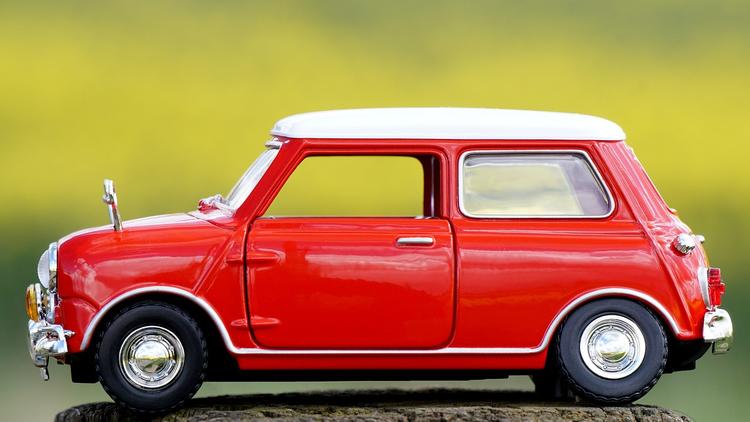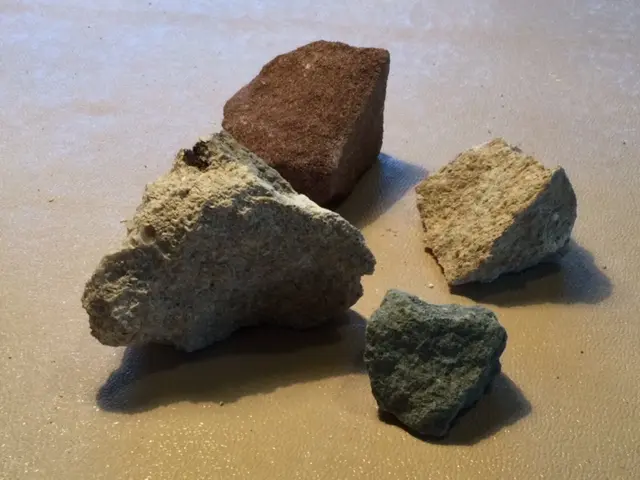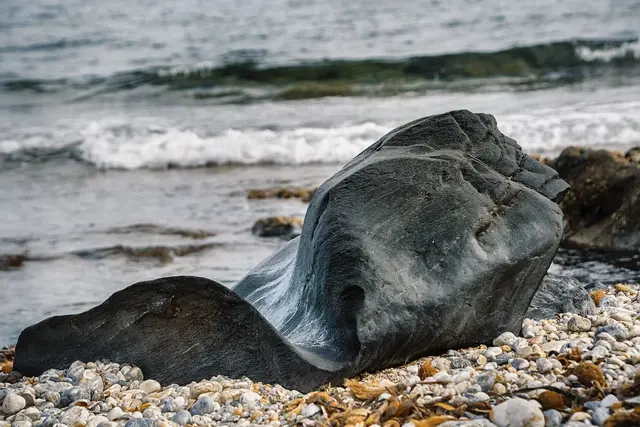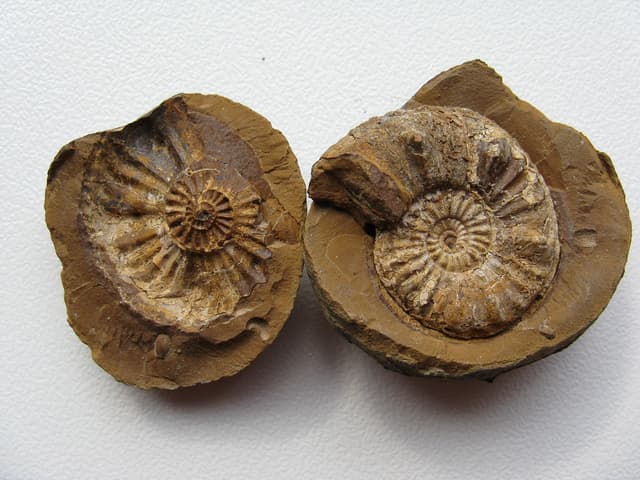How fossils are formed
I can describe in simple terms how fossils are formed.
How fossils are formed
I can describe in simple terms how fossils are formed.
These resources will be removed by end of Summer Term 2025.
Switch to our new teaching resources now - designed by teachers and leading subject experts, and tested in classrooms.
These resources were created for remote use during the pandemic and are not designed for classroom teaching.
Lesson details
Key learning points
- Fossils tell us about things that lived over 10,000 years ago.
- Fossils can be formed from different plants and animals.
- Not every living thing that dies becomes a fossil.
- Some fossils are formed by an imprint of parts of living things, like bones, feathers, shells or leaves.
- Models can be used to show how fossils are formed in different ways.
Keywords
Fossil - A fossil is the remains or imprint of living things that are sometimes preserved in rock.
Decay - Living things decay when they die, meaning they gradually break down and rot away.
Sediment - Sediment is a solid material that can be moved and deposited in a new location.
Pressure - Pressure is a force pressing on an area.
Imprint - An imprint is a mark on a surface that has occurred by pressing something into it.
Common misconception
Fossils are pieces of dead animals and plants and children often think that only dinosaurs make fossils.
By modelling and discussing fossil formation in various ways, children will understand how fossils are formed.
To help you plan your year 3 science lesson on: How fossils are formed, download all teaching resources for free and adapt to suit your pupils' needs...
To help you plan your year 3 science lesson on: How fossils are formed, download all teaching resources for free and adapt to suit your pupils' needs.
The starter quiz will activate and check your pupils' prior knowledge, with versions available both with and without answers in PDF format.
We use learning cycles to break down learning into key concepts or ideas linked to the learning outcome. Each learning cycle features explanations with checks for understanding and practice tasks with feedback. All of this is found in our slide decks, ready for you to download and edit. The practice tasks are also available as printable worksheets and some lessons have additional materials with extra material you might need for teaching the lesson.
The assessment exit quiz will test your pupils' understanding of the key learning points.
Our video is a tool for planning, showing how other teachers might teach the lesson, offering helpful tips, modelled explanations and inspiration for your own delivery in the classroom. Plus, you can set it as homework or revision for pupils and keep their learning on track by sharing an online pupil version of this lesson.
Explore more key stage 2 science lessons from the Rocks and soils unit, dive into the full secondary science curriculum, or learn more about lesson planning.

Equipment
Selection of real fossils, clay (or soft dough), objects such as leaves, shells, small plastic animals to press into the clay.
Content guidance
- Risk assessment required - equipment
- Exploration of objects
Supervision
Adult supervision required
Licence
Starter quiz
6 Questions









Exit quiz
6 Questions








